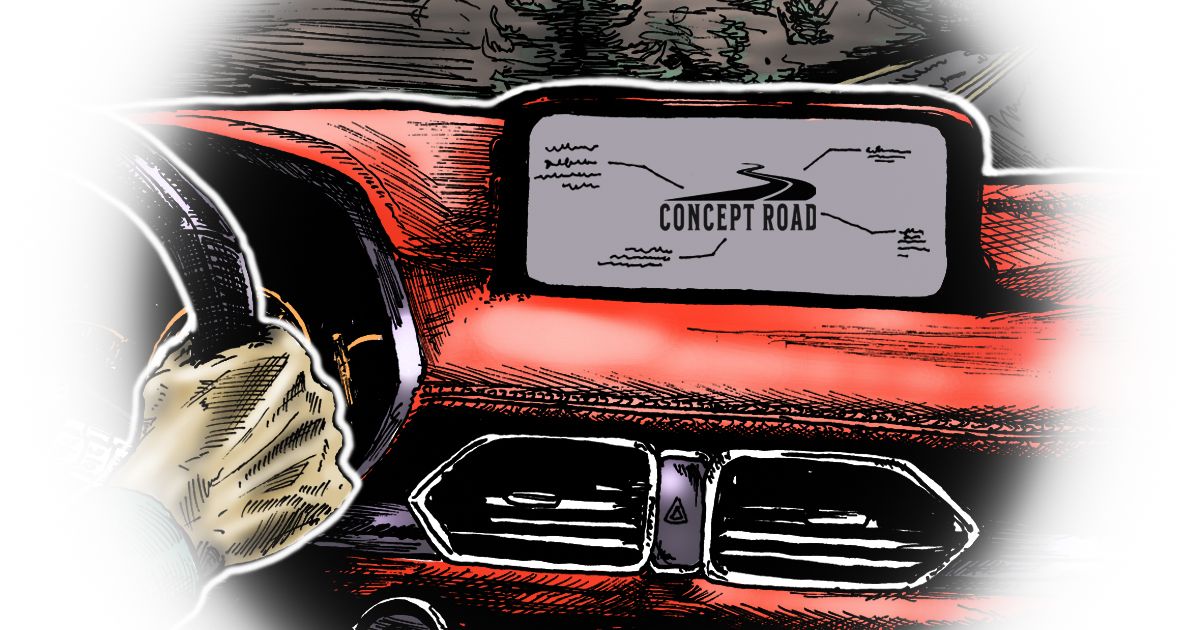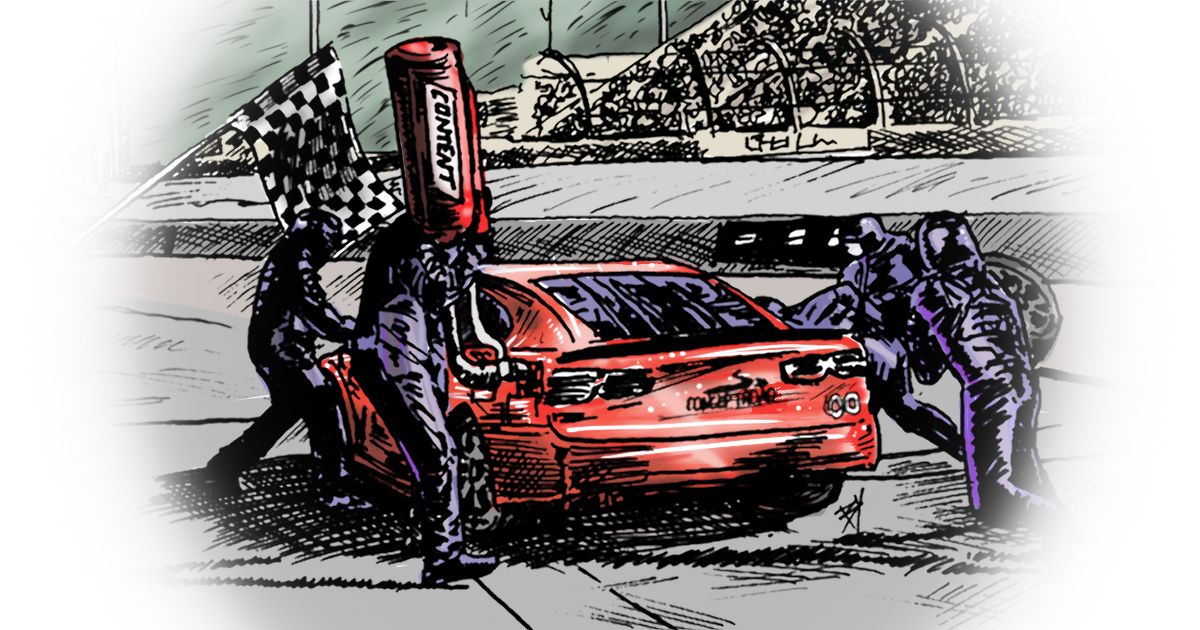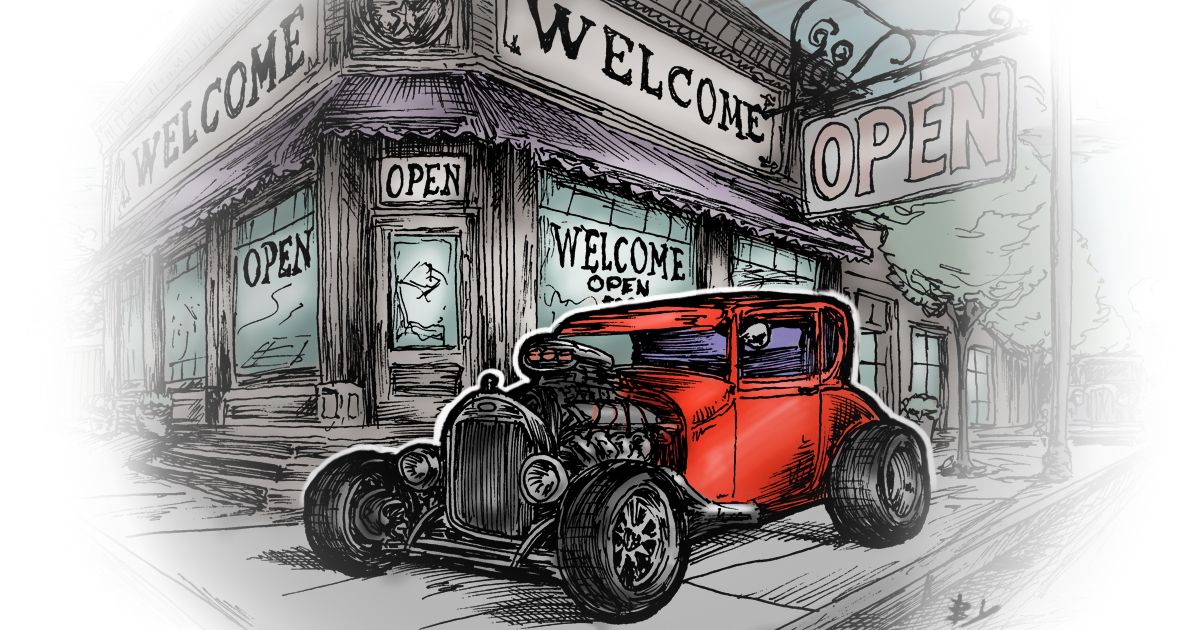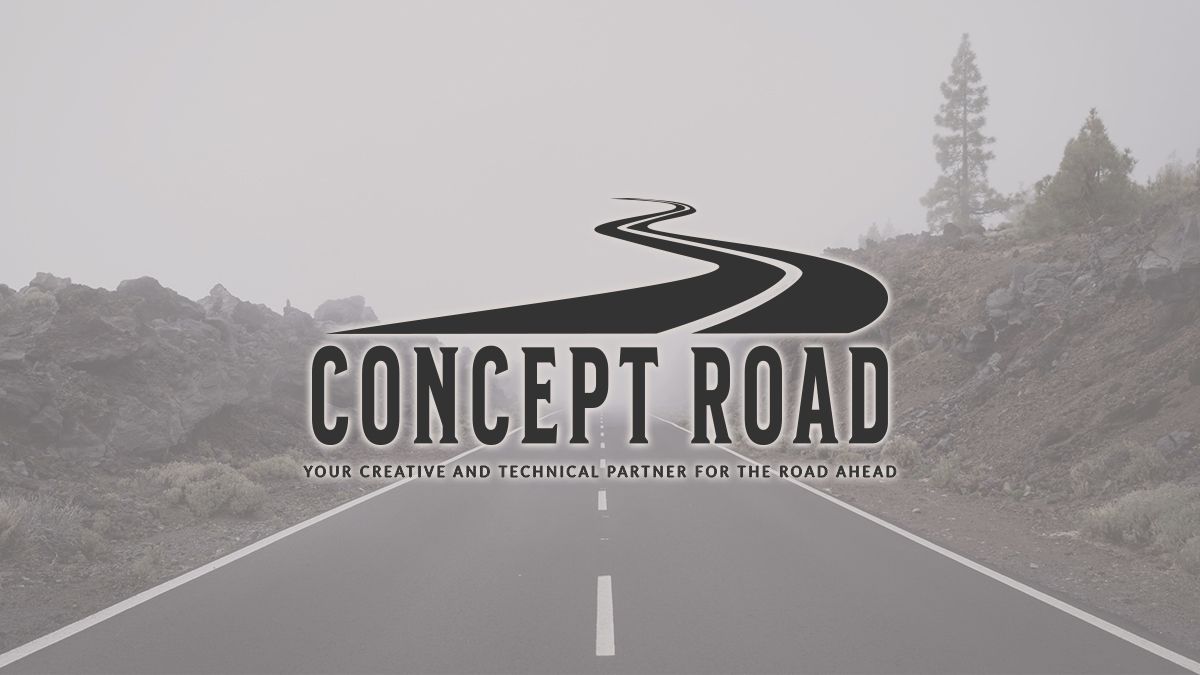The Anatomy of a Good Logo Design: Driving Your Brand Forward
A great logo is more than just a visual mark—it is the driving force behind your brand’s identity and the foundation of how your audience perceives and connects with your business. A thoughtfully designed logo doesn’t just look good; it becomes the face of your brand and a critical tool for communication and recognition. Below, we’ll dive into the anatomy of a good logo design and explore how it drives a brand’s success.
1. Simplicity: Driving Instant Recognition
Simplicity is the cornerstone of a powerful logo. A simple design ensures that your brand is instantly recognizable and easy to recall.
- How simplicity drives your brand: A clean, uncomplicated logo communicates clarity and confidence, making it easier for customers to remember and trust your brand.
- How to achieve simplicity: Focus on one core concept, eliminate unnecessary details, and use minimal elements.
- Example: Nike’s swoosh conveys energy and movement in a single, clean stroke, making it a global icon.
2. Memorability: Keeping Your Brand Top of Mind
A memorable logo ensures your brand remains top-of-mind for your audience, fostering loyalty and repeat engagement.
- How memorability drives your brand: When customers can easily recall your logo, they’re more likely to associate it with your products or services.
- How to achieve memorability: Use unique shapes, symbols, or typography that stand out from competitors.
- Example: The golden arches of McDonald’s are instantly recognizable and evoke a sense of familiarity and consistency.
3. Timelessness: Ensuring Long-Term Brand Relevance
A good logo stands the test of time, becoming a lasting symbol of your brand’s identity.
- How timelessness drives your brand: A timeless logo avoids the need for frequent rebranding, helping maintain consistency and trust with your audience over the years.
- How to achieve timelessness: Avoid trendy design elements that quickly become outdated. Focus on classic typography and universally appealing shapes.
- Example: Coca-Cola’s iconic script logo has remained largely unchanged, reinforcing its identity for generations.
4. Versatility: Adapting to Every Brand Touchpoint
Your logo will appear across numerous platforms and mediums, from websites and social media to packaging and billboards. A versatile logo ensures consistency and effectiveness in every context.
- How versatility drives your brand: A logo that works everywhere enhances your brand’s visibility and strengthens its presence.
- How to achieve versatility: Design in vector format, avoid intricate details, and ensure the logo is legible in color, black and white, and at any size.
- Example: Apple’s logo is equally impactful on a laptop, a storefront, or a tiny app icon.
5. Relevance: Connecting Your Brand to Your Audience
A logo must reflect your brand’s mission, values, and the audience you serve.
- How relevance drives your brand: A relevant logo creates an emotional connection with your audience, making your brand more relatable and trustworthy.
- How to achieve relevance: Research your audience and industry to ensure the design aligns with their expectations and your brand’s purpose.
- Example: A tech company might use sleek, futuristic elements, while an organic food brand might incorporate earthy tones and natural imagery.
6. Scalability: Maintaining Impact at Every Size
From tiny social media icons to massive billboards, your logo must remain clear and impactful regardless of its size.
- How scalability drives your brand: A scalable logo ensures your brand is represented consistently across all touchpoints, reinforcing recognition.
- How to achieve scalability: Test your design at various sizes and avoid intricate details that lose clarity when scaled down.
7. Balance and Proportion: Creating Visual Harmony
A balanced and proportionate logo is visually pleasing and professional, giving your brand a polished appearance.
- How balance drives your brand: A well-structured logo conveys stability, trust, and attention to detail, qualities that customers associate with strong brands.
- How to achieve balance: Use grids or design principles like symmetry to create a cohesive and harmonious layout.
8. Color Palette: Evoking the Right Emotions
Color is one of the most powerful tools in logo design, evoking emotions and creating associations that drive brand perception.
- How color drives your brand: The right colors can convey your brand’s personality and values, fostering emotional connections with your audience.
- How to achieve it: Choose a palette that aligns with your brand’s message and resonates with your target audience.
- Example: Blue communicates trust and professionalism, while green is associated with growth and sustainability.
9. Typography: Setting the Tone for Your Brand
The font you choose speaks volumes about your brand’s character and voice.
- How typography drives your brand: Well-chosen typography reinforces your brand’s personality and ensures clarity in communication.
- How to achieve effective typography: Opt for fonts that are legible and align with your brand’s tone, whether it’s playful, modern, or traditional.
- Example: Serif fonts convey heritage and trust, while sans-serif fonts feel contemporary and approachable.
10. Storytelling: Making Your Brand Unforgettable
Every great logo tells a story, encapsulating the essence of your brand in a single image.
- How storytelling drives your brand: A logo that tells a story creates an emotional connection, making your brand more memorable and impactful.
- How to achieve storytelling: Incorporate meaningful symbols or design elements that reflect your brand’s mission and values.
- Example: The FedEx logo’s hidden arrow communicates speed and efficiency, subtly reinforcing its brand promise.
11. Negative Space: Adding Depth and Meaning
Clever use of negative space can elevate a logo from simple to extraordinary, adding layers of meaning without complicating the design.
- How negative space drives your brand: It showcases creativity and adds intrigue, making your logo more engaging.
- How to achieve it: Explore ways to use whitespace creatively to reinforce your brand message.
- Example: The WWF panda logo utilizes negative space to create a simple yet impactful representation of the panda.
A good logo doesn’t just represent your brand; it drives it forward, shaping how people perceive, interact with, and remember your business. By focusing on simplicity, memorability, timelessness, and the other elements outlined above, you can craft a logo that becomes the face of your brand and a powerful tool for growth. Remember, your logo is not just a design—it’s the story, emotion, and identity of your brand, distilled into a single, unforgettable image. If your business is in need of a new logo or a brand refresh, we can help get you there. Fill out our intake form today, and let’s talk about how we can create a brand identity that speaks to your customers.



